Performance
This system uses the Intel N50 CPU. As a dual-core processor, albeit with integrated graphics, it is far from the fastest we have ever reviewed, but it is only 6W, making it easy to integrate into a fanless system.
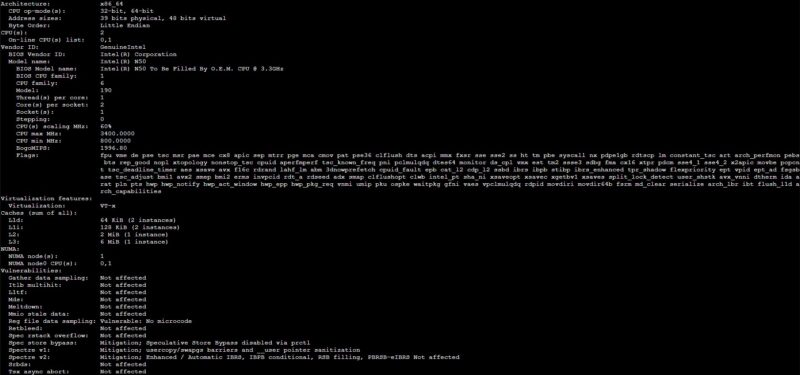
Something that is worth noting as we go through the benchmarks is that this is a dual-core CPU, not a quad-core. As a result, the performance per core is not too bad. With modern processors, we often forget the days of dual-core CPUs, but this one is surprisingly snappy. It is more than enough for tasks like running kiosks since there is enough CPU and an integrated GPU. If you have used something like an Intel C3338R in the past with ASPEED BMC graphics and a Windows GUI, that will feel unbearably slow. The N50 was very usable.
Python Linux 4.4.2 Kernel Compile Benchmark
This is one of the most requested benchmarks for STH over the past few years. The task was simple, we have a standard configuration file, the Linux 4.4.2 kernel from kernel.org, and make the standard auto-generated configuration utilizing every thread in the system. We are expressing results in terms of compiles per hour to make the results easier to read:
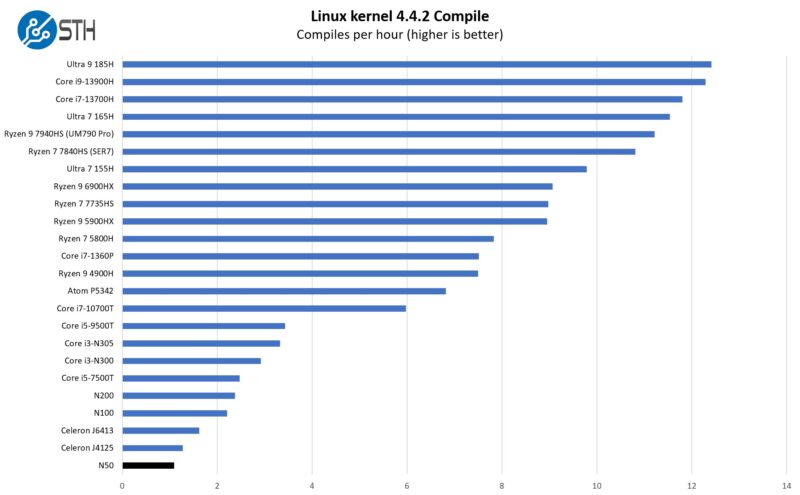
The Intel Celeron J4125 and Celeron J6413 were sold in the ultra low-cost desktops from a few years ago. Those were the chips often found in sub $300 mini PCs. Now, we have a dual core chip in the N50 that is not far off from the quad core performance of those chips.
7-zip Compression Performance
7-zip is a widely used compression/ decompression program that works cross-platform. We started using the program during our early days with Windows testing. It is now part of Linux-Bench.

The entire time we were testing this system, all we could think about was how good it would be with a N100/ N200 with four cores. There is a path to use only slightly more power but also double performance.
OpenSSL Performance
OpenSSL is widely used to secure communications between servers. This is an important protocol in many server stacks. We first look at our sign tests:

Here are the verify results:
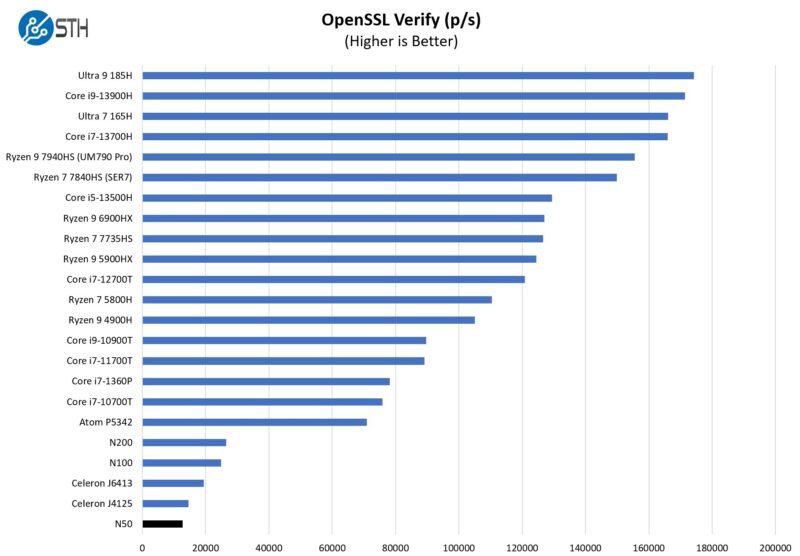
Of course, at 6W, including the iGPU, we are in a different power class than the desktop, notebook, and mini PC chips we have seen in other segments.
Geekbench 5 and 6 Results
Just so you can easily compare this to your own system, we have a number of Geekbench 5 and 6 results.
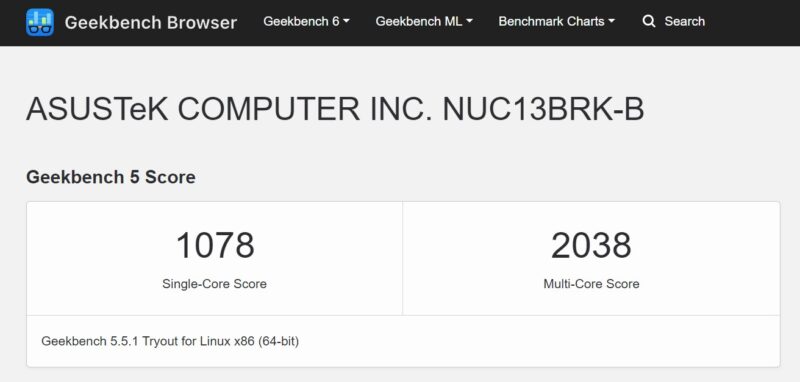
Above is Geekbench 5 and below is Geekbench 6.
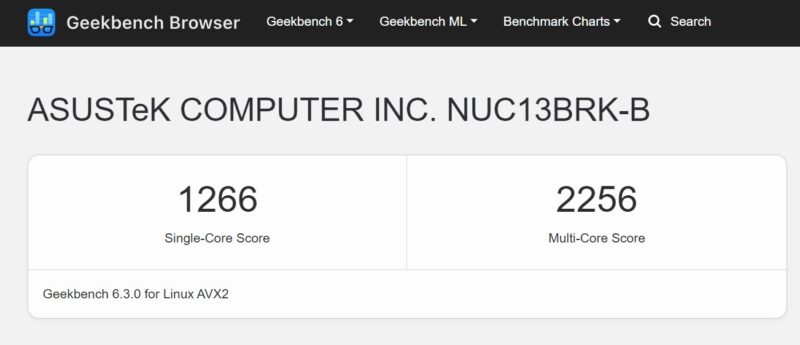
Overall, not fast, but the single core results are better than we expected.
Next, let us get to the power consumption.

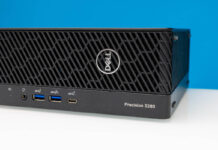


An important bit that seems to be missing: What NICs does it use?
@James
The N50 and X7211E versions are using dual Intel I226-V. The X7245E version is using dual Intel i226-LM due to more advanced capabilities like Time Coordinated Computing and Time-Sensitive Networking.
Nice. Looks like it could be a good computer for a shop location that gets a lot of heat/dust/metal shavings. Or even a good computer for inside a sound recording booth.
All these numbers are nice for comparison with other devices, but what would a typical use case for these things be? Would it be powerful enough to run basic networking services like dns/dhcp and routing/firewall on linux for a small home?
I recently bought this one, the N50-model, to use as FreeBSD-based router for my home. There is good support for the I226-V NIC’s in FreeBSD (the igc-driver), but I’ve had nothing but problems with the unit; poor performance, random disconnects, etc. Very frustrating.
Just google “I226-V problems” or go to the Intel Support Forum and you’ll find out what kind of crap Intel is shipping these days when it comes to NIC’s. Intel used to be nr 1 in my book when it came to quality NIC’s, but nowadays it seems like they are the new Realtek (I would any day take a working Realtek-NIC over a non-working Intel).
My unit comes with 2.17 firmware on the NIC’s and there are new firmware realesas from Intel that might fix the problem. However, Intel refuses to support the NIC’s with new firmware, since they are integrated, and refers to Asus. And Asus doesn’t seem to bother to update it. There have been new BIOS-updates from Asus, but none that adresses this problem and updates the NIC’s firmware.
I would not recommend anyone buying the N50-unit with current BIOS/NIC firmware. Perhaps the X7235E with the I226-LM NIC’s are better.